In the late 1960s, a great gray wave crashed onto the shores of Hawai‘i that had originated in Europe nearly 20 years earlier. By the time it reached Honolulu, arriving from both the United States and Japan, the architectural movement known as Brutalism had become one of the dominant styles for civic buildings around the world, from hospitals to public housing, university buildings to city halls.
Born out of post-World War II austerity, Brutalism was defined by bold, sculptural, monumental concrete forms assembled in ways that seemed to defy gravity. Hawai‘i’s first and arguably best Brutalist building is the Financial Plaza of the Pacific, which takes up an entire city block. The building is actually three: a 21-story tower flanked by two office buildings, one 6 stories, the other 12, all rising from a large public plaza. The tower, top-heavy with a hypnotic grid of recessed windows, was a stark departure from the inventive yet largely delicate architecture of the midcentury, which by then had taken hold in the Hawaiian Islands. It was a landmark project for Honolulu, one that its boosters hoped would solidify the city’s status as a hub for both commerce and culture. The consortium hired some of the period’s best-known architects to design it, including Victor Gruen, who helped invent the indoor shopping mall, and Lawrence Halprin, the now legendary landscape architect who had just designed San Francisco’s Ghirardelli Square.
Soon the concrete towers multiplied. The American Savings Bank Tower went up catty-corner to the Financial Plaza in 1972, sporting jagged vertical and horizontal ribs so sharp they threatened to cut careless passersby. The nearby Municipal Building (now named the Frank F. Fasi Municipal Building) was as smooth as the American Savings Bank Tower was rough. Resorts, airports, shopping centers, and university buildings all were designed in the Brutalist language. It showed up even in the unlikeliest places, like working-class Kalihi, where Japanese architect Sachio Otani designed a fortress-like dojo for a little-known religious sect called Tensho Kotai Jingu-kyo. By 1980, you could walk a half-mile in any direction from the Hawai‘i State Capitol and never be out of sight of at least one of these monolithic brutes.
From the beginning, however, Brutalism had its detractors. Ian Fleming so hated the style that he named the James Bond villain Goldfinger for the Brutalist architect Ernő Goldfinger. In Hollywood, the style became the go-to architecture of pop culture villainy. From Blade Runner to RoboCop, Brutalism became, in one critic’s words, the “backdrop of evil.”
The irony is that Brutalism was born out of utopian idealism. The style’s progenitors— Alison and Peter Smithson, Le Corbusier, Moshe Safdie—shared a commitment to social welfare through architecture. In the United States, monolithic concrete architecture represented authenticity, honesty, strength. As Amanda Kolson Hurley wrote in Washington Post Magazine, architects of Brutalism were revolting against “the previous generation and its cool, glassy modernism, which by that point had become the architectural language of the corporate world.”
“Being monolithic meant eliminating applied surfaces, hung ceilings, sheetrock—eliminating everything except the concrete,” the architect Henry Cobb explained in an interview published in the 2015 book Heroic: Concrete Architecture and the New Boston. “We were enchanted by the idea that once the concrete was poured, the building was essentially finished.” This fascination with concrete was partially practical. In the years after World War II, steel was prohibitively expensive, especially in Europe. The same characteristics that drew mainland designers to concrete—its economics, its authenticity, its expressiveness—swayed architects working in Hawai‘i. Unlike steel, which had to be imported, concrete could be made in the islands.
Despite the use of terms like “monolithic,” there is an almost obsessive attention to detail in Brutalist buildings. On some, the exposed concrete is intentionally chipped or broken; on others, it swirls with the patterns of its wooden forms. Architects like Joseph Farrell, an acolyte of Rudolph’s and arguably one of the masters of Hawai‘i’s tropical Brutalism, chose different sizes and colors of crushed local rock to echo the area’s historic stone structures and evoke Hawai‘i’s beaches. What looks gray and lifeless from a distance becomes white and red and blue up close, an elemental architecture with a geologic patina.
No architectural style thrown into the utterly unique milieu of Hawai‘i emerges unchanged. Soon Brutalism was metabolized into a more acceptable and appealing island aesthetic. Still wooed by concrete, architects found ways to soften their buildings to better fit Hawai‘i’s climate and culture. They ringed their buildings with coconut palms and hala trees, incorporated lava rock, and added concrete murals.
As ornamental and indigenous material found their way into Hawai‘i’s concrete buildings, the architecture became something else. A resort like the Mauna Kea Beach Hotel on Hawai‘i Island—at the time the most expensive hotel in the world—was already anathema to the socialist ideals of Brutalism’s earliest champions. But in blending wood, steel, and tile with massive concrete forms, such buildings also said goodbye to the stylistic purity being pursued by people like Paul Rudolph. A sort of hybrid architecture emerged, something both tropical and Brutalist and distinctly of Hawai‘i. Not every building is a work of art, no more than every paint-splattered canvas is a masterpiece. But whether or not it is beloved today, Hawai‘i’s strain of Brutalism helped define the islands.
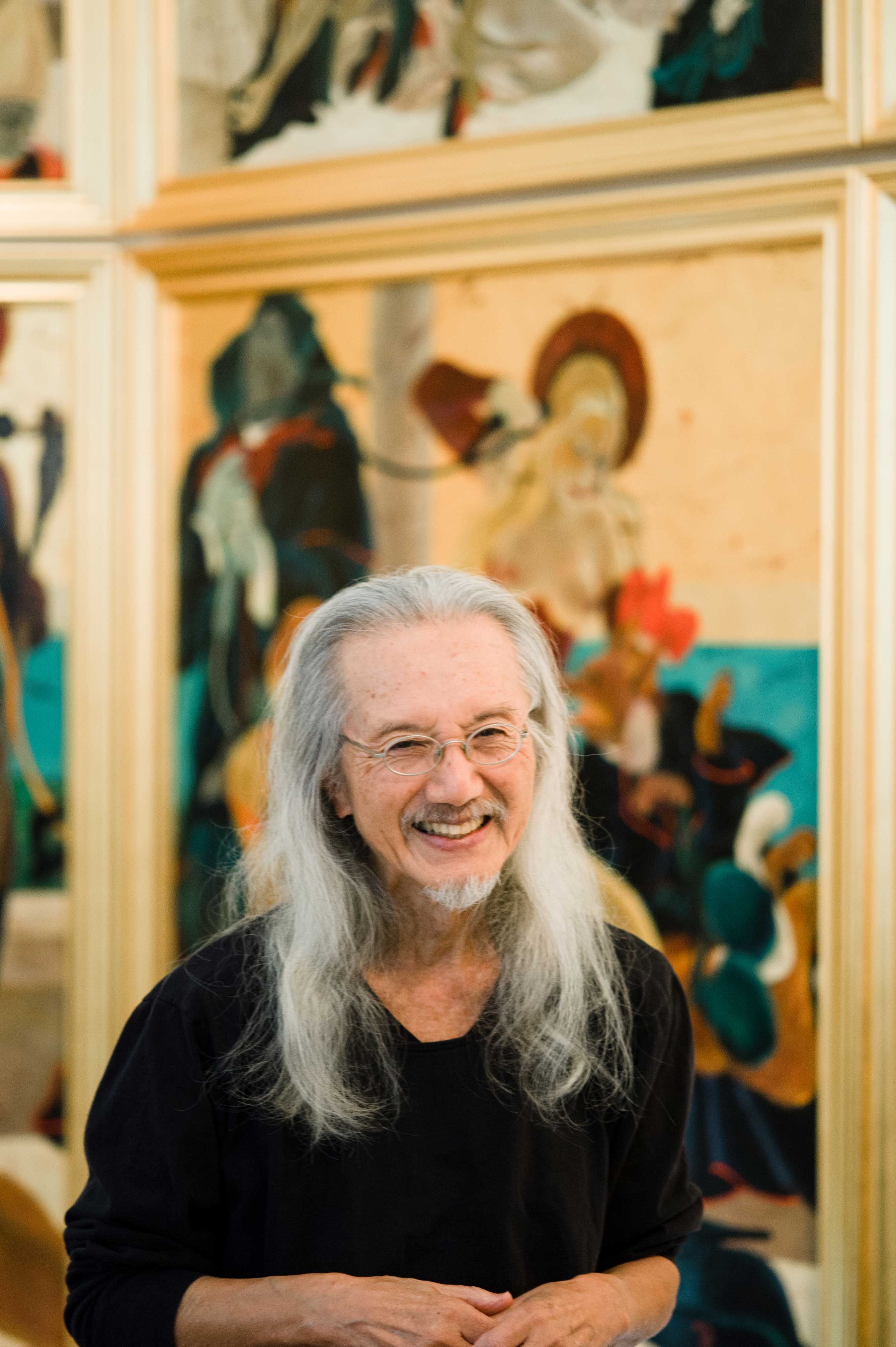
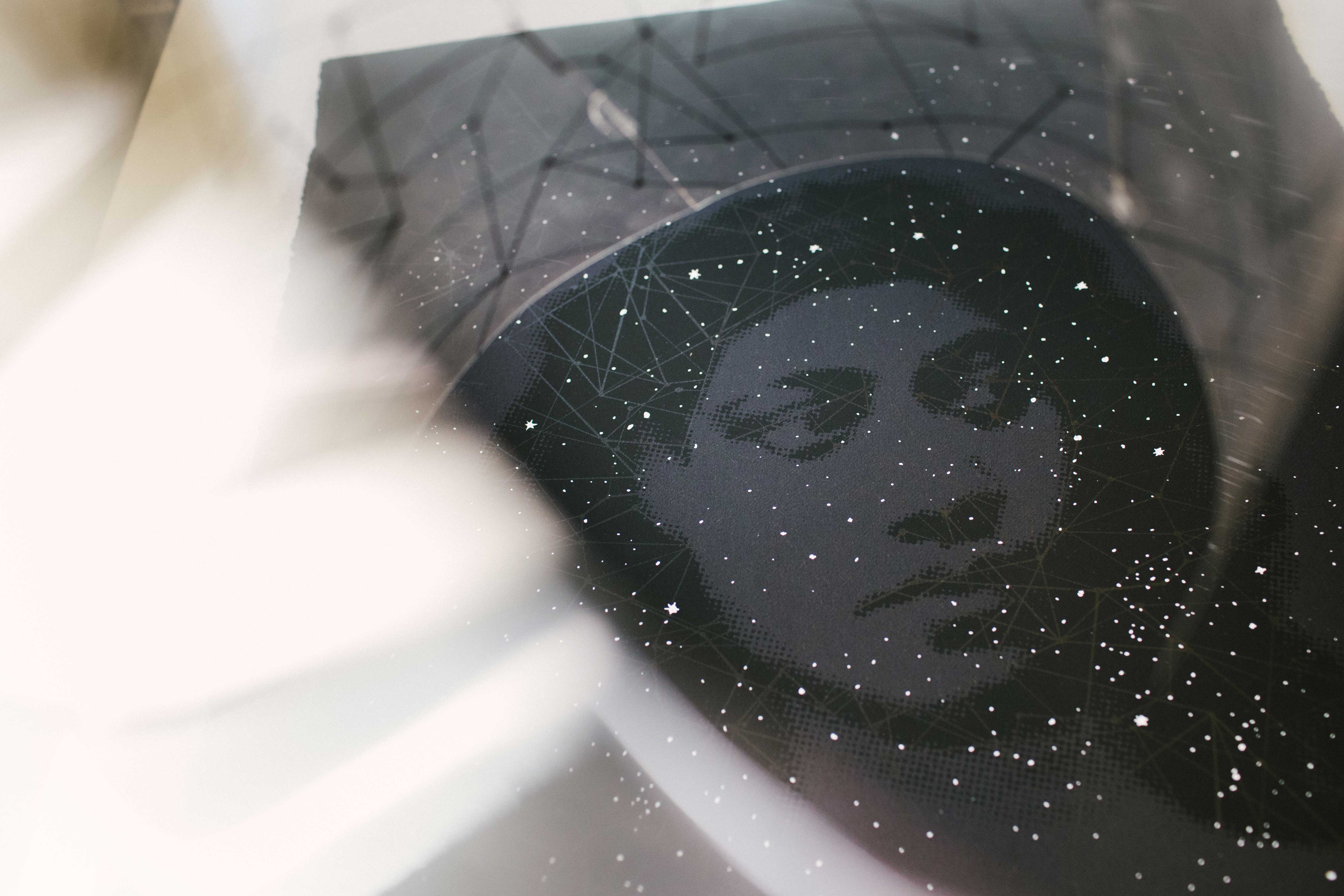



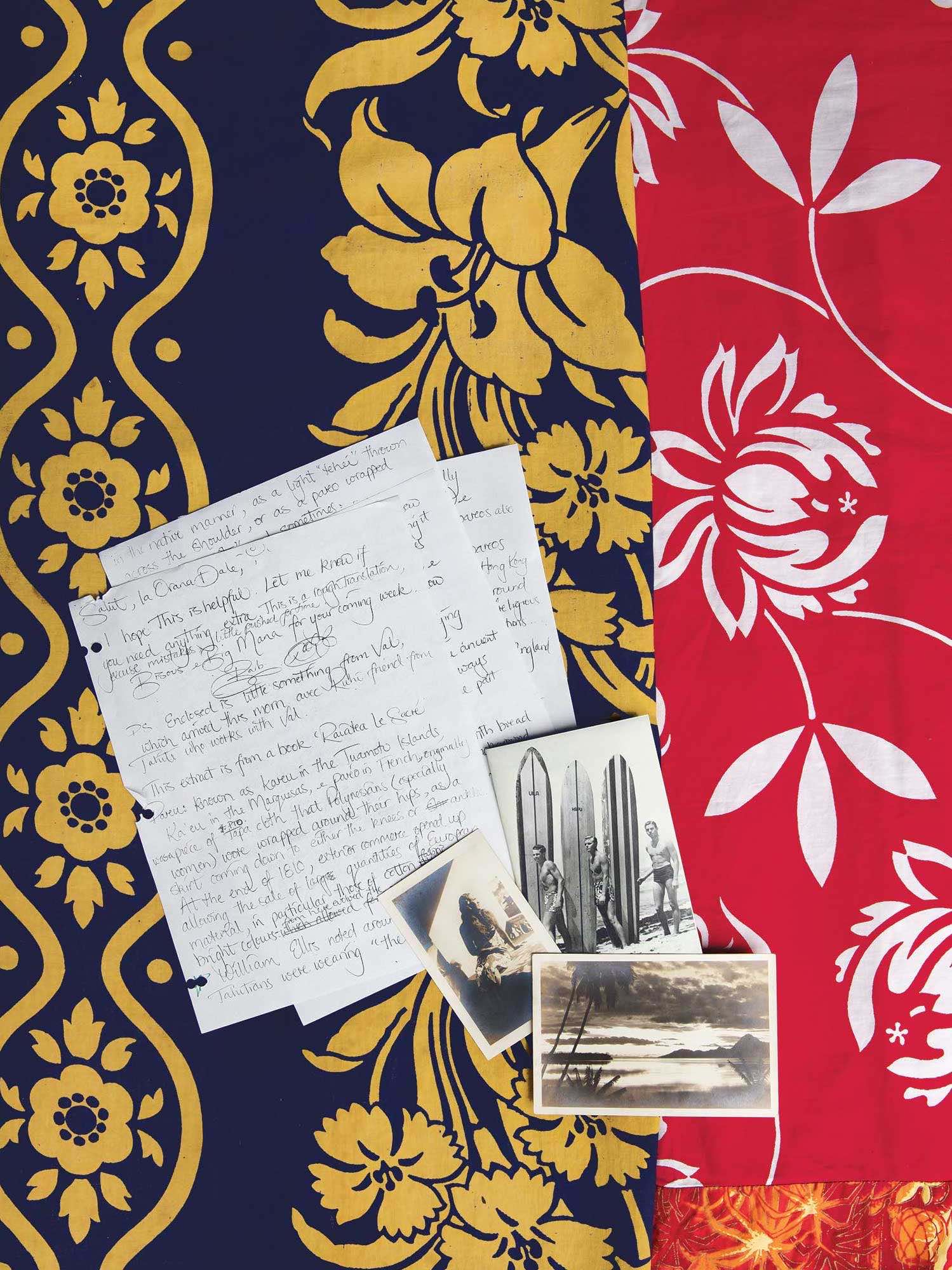
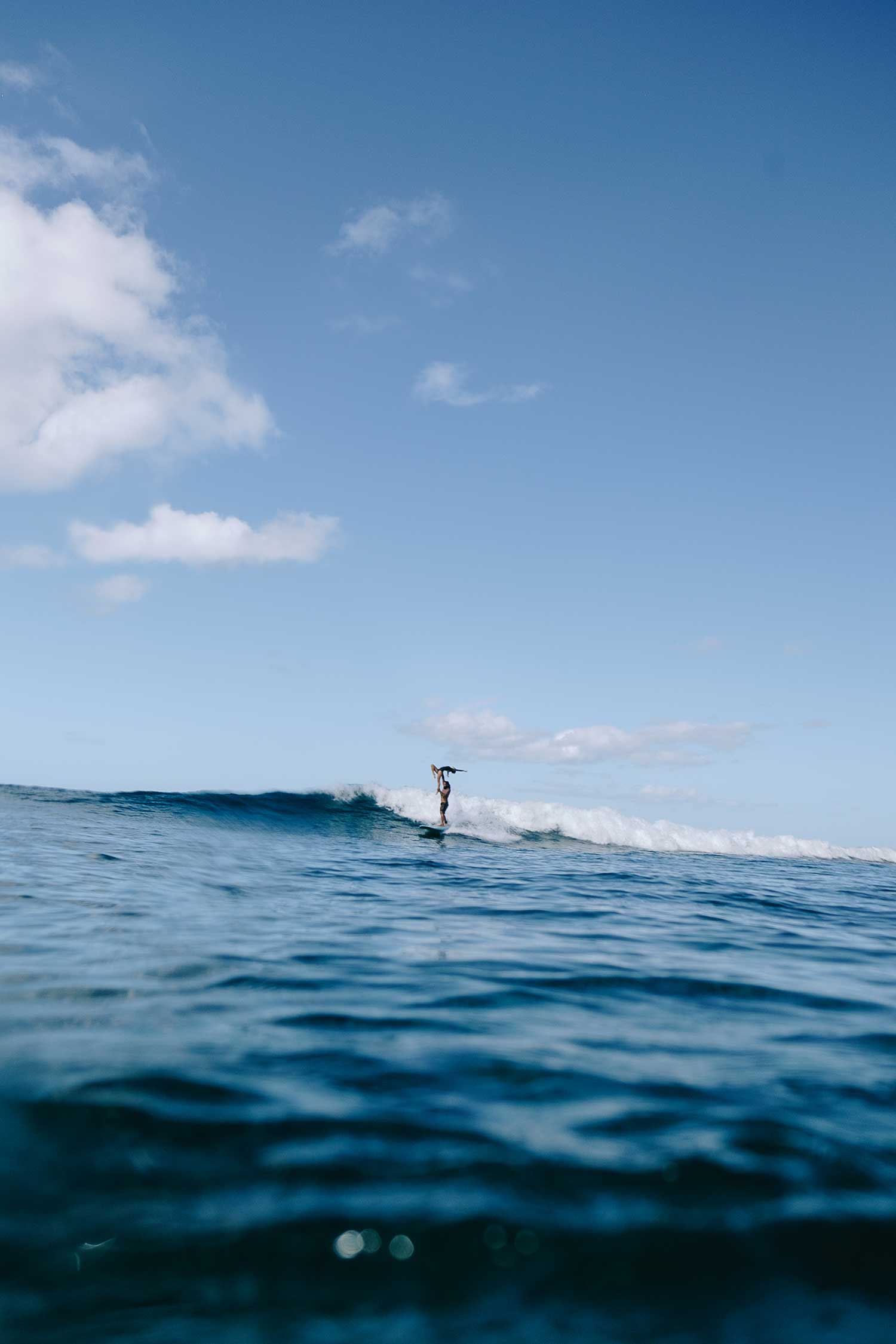
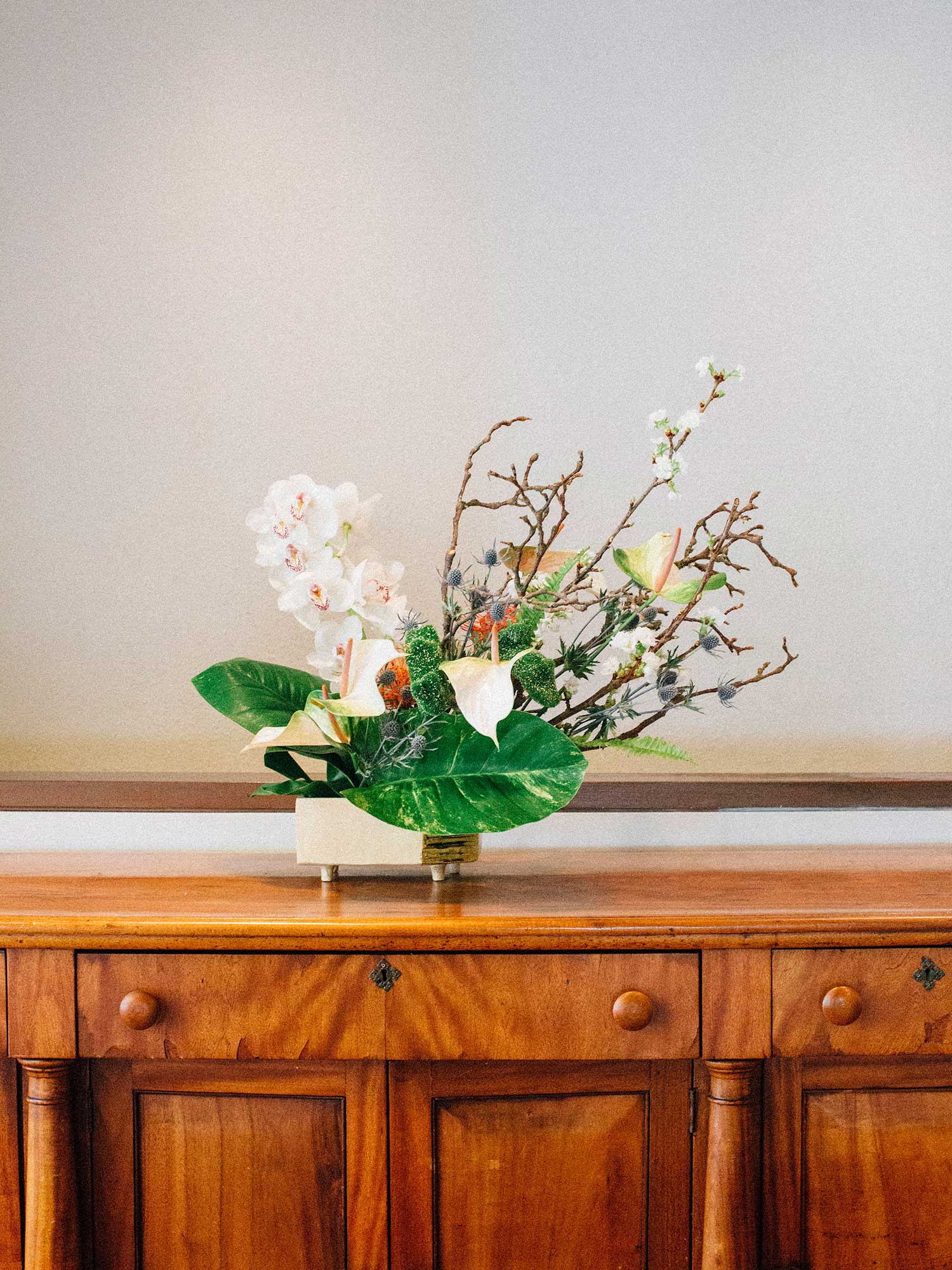



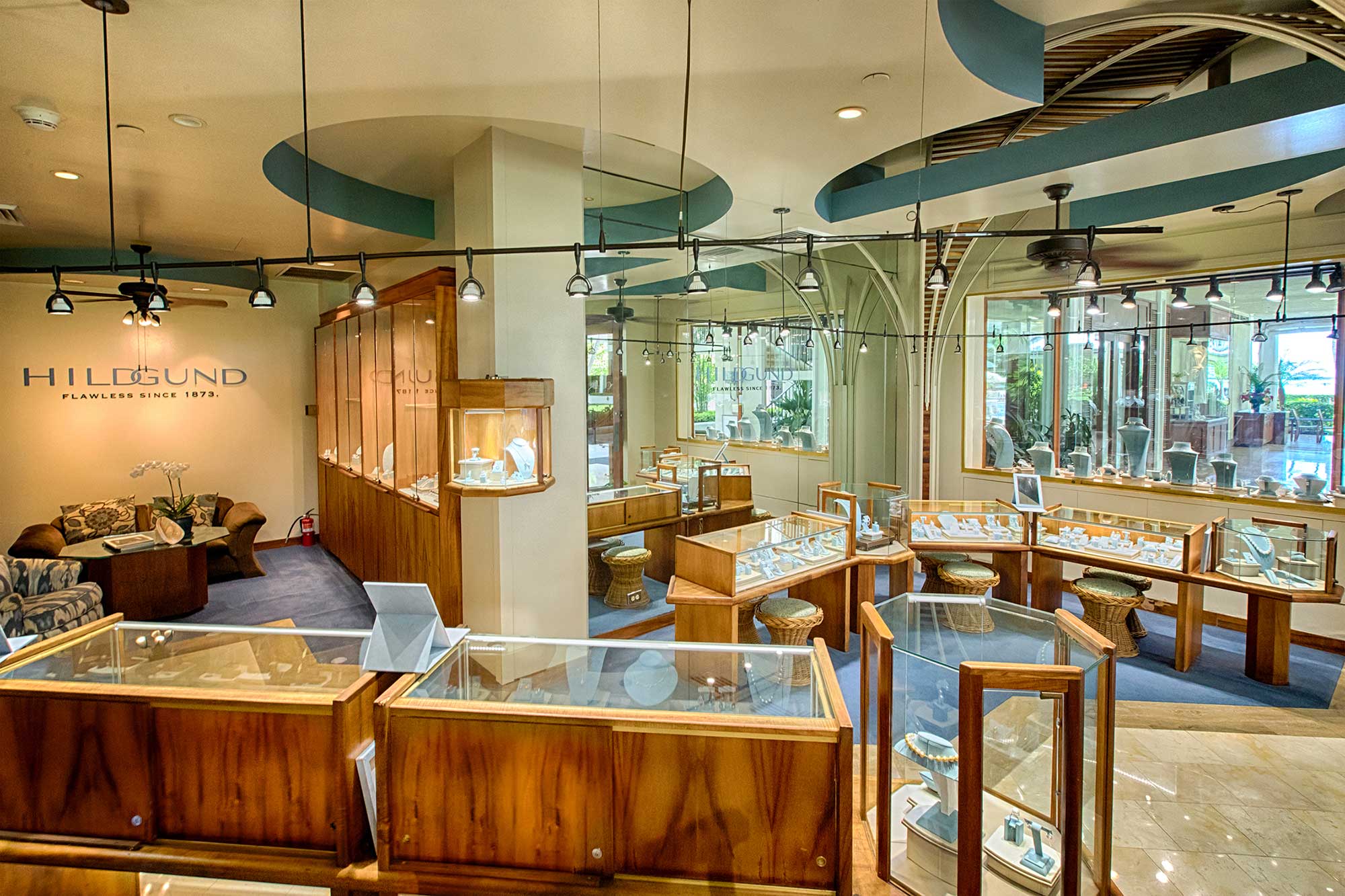
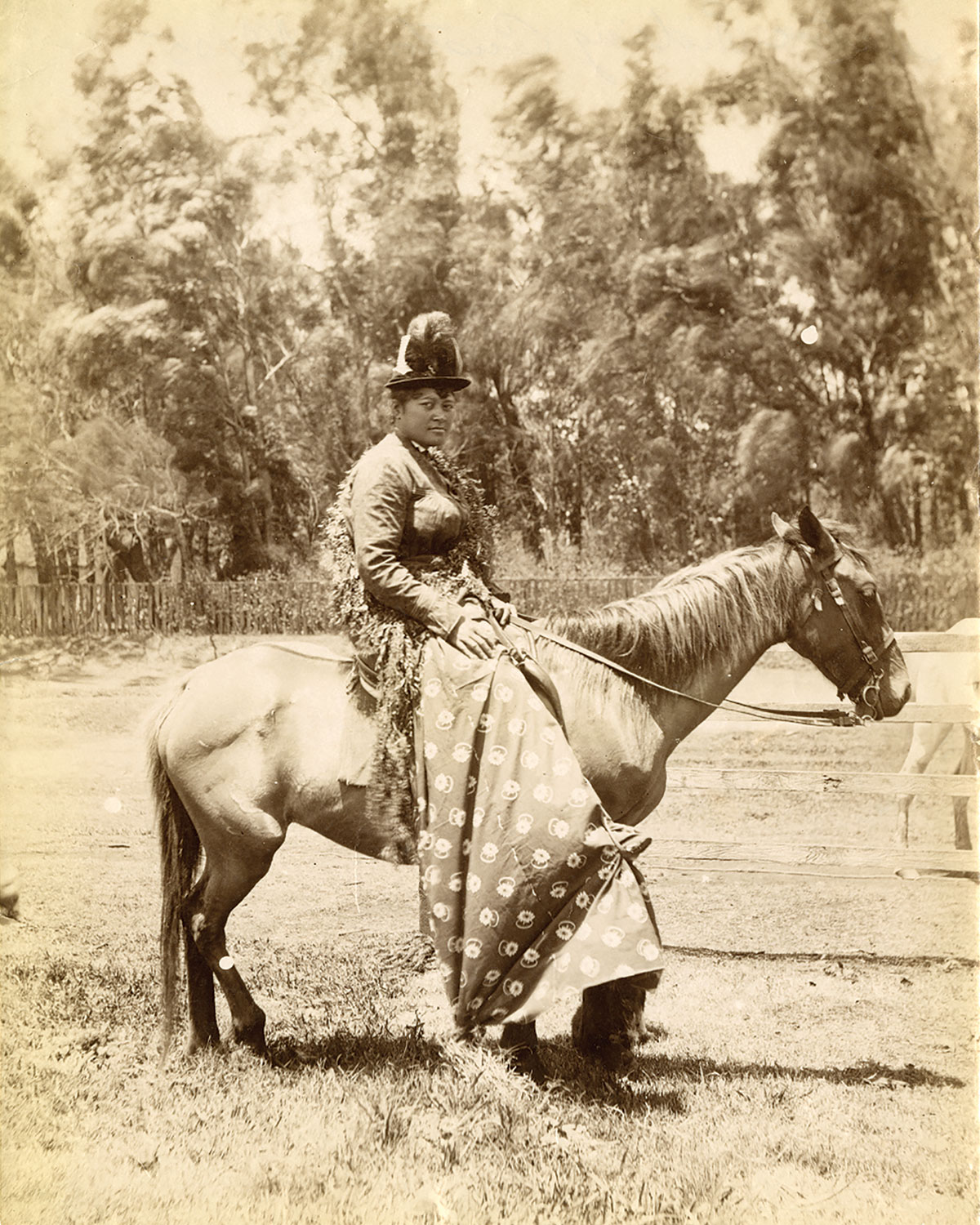
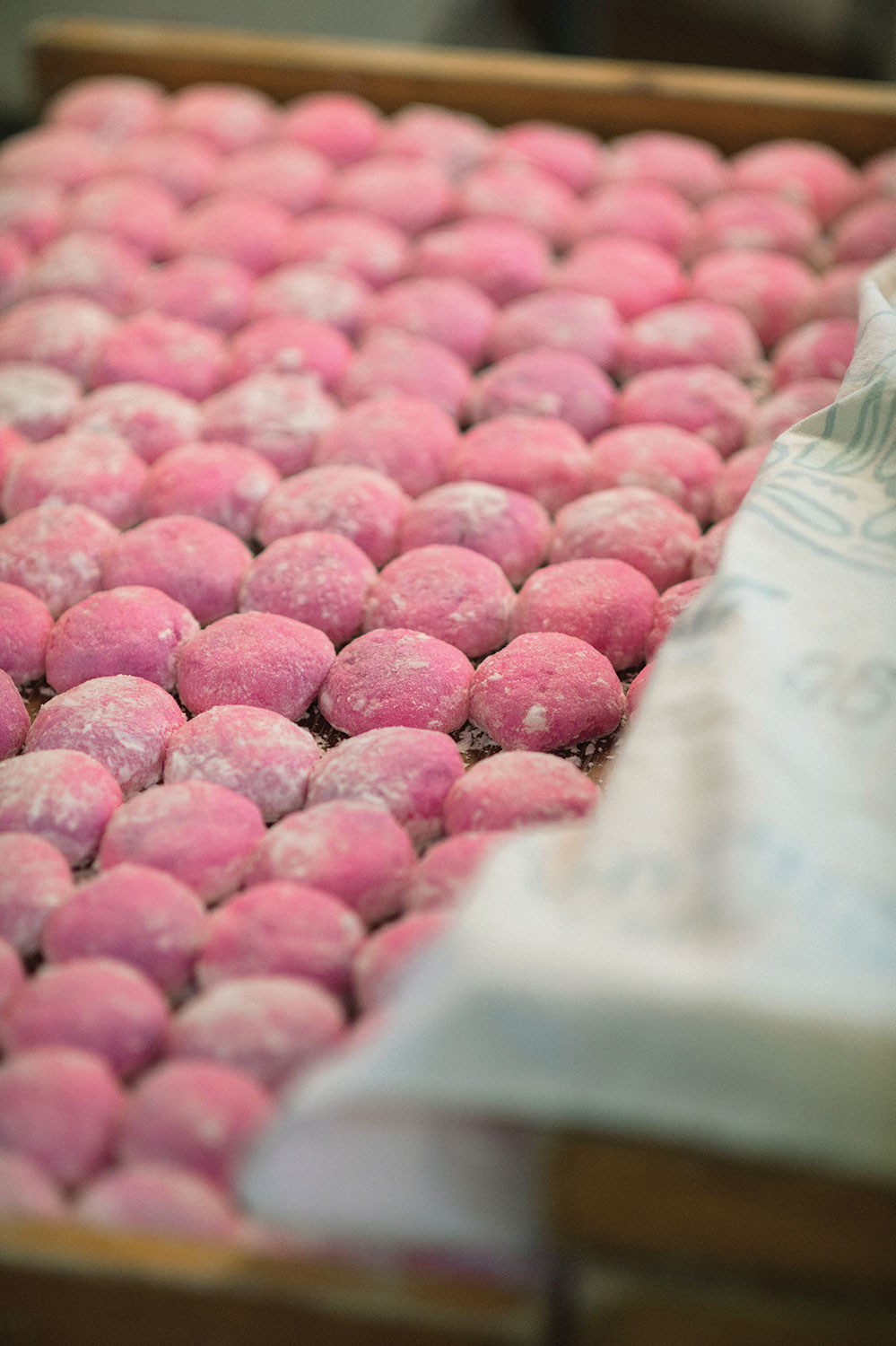

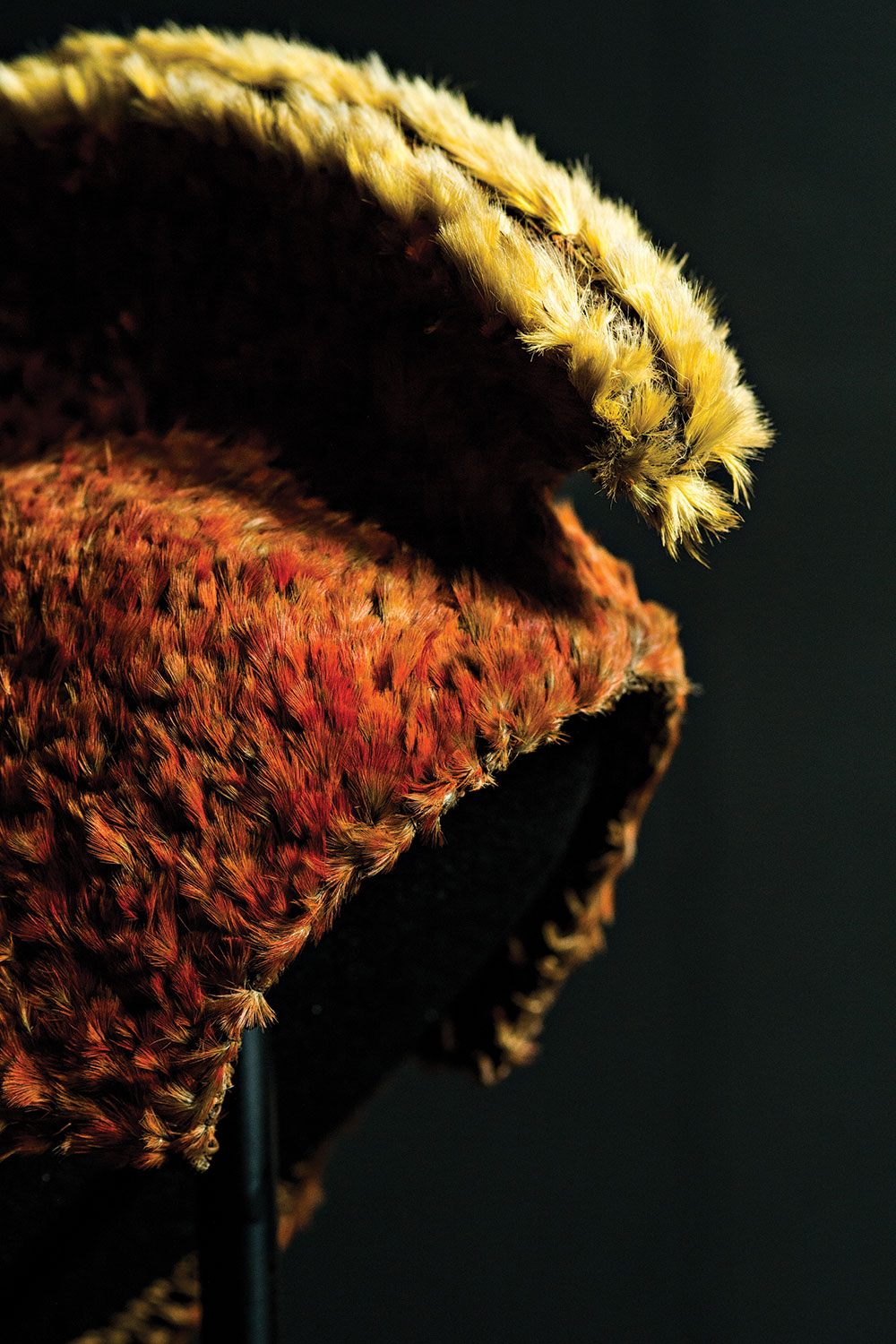
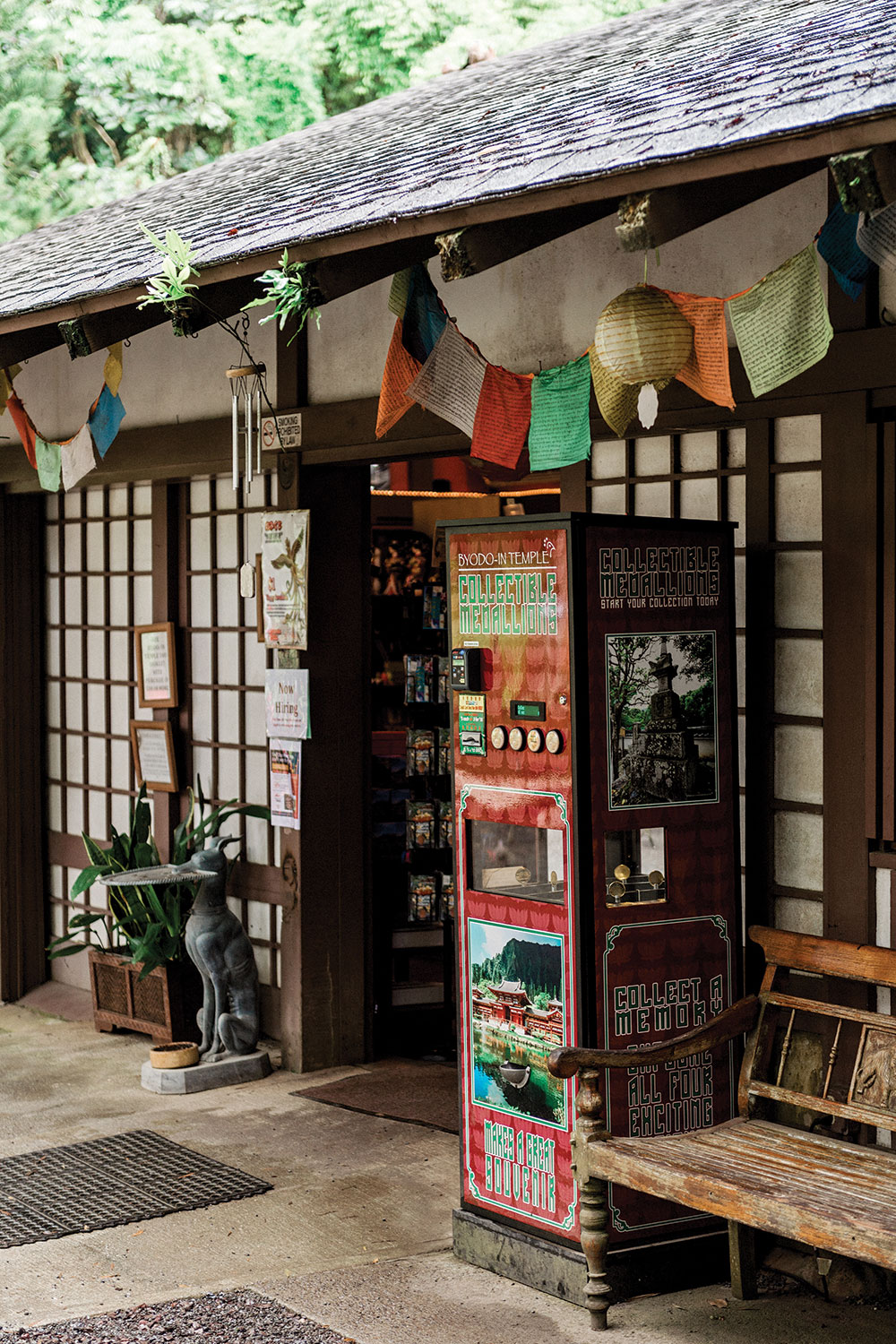

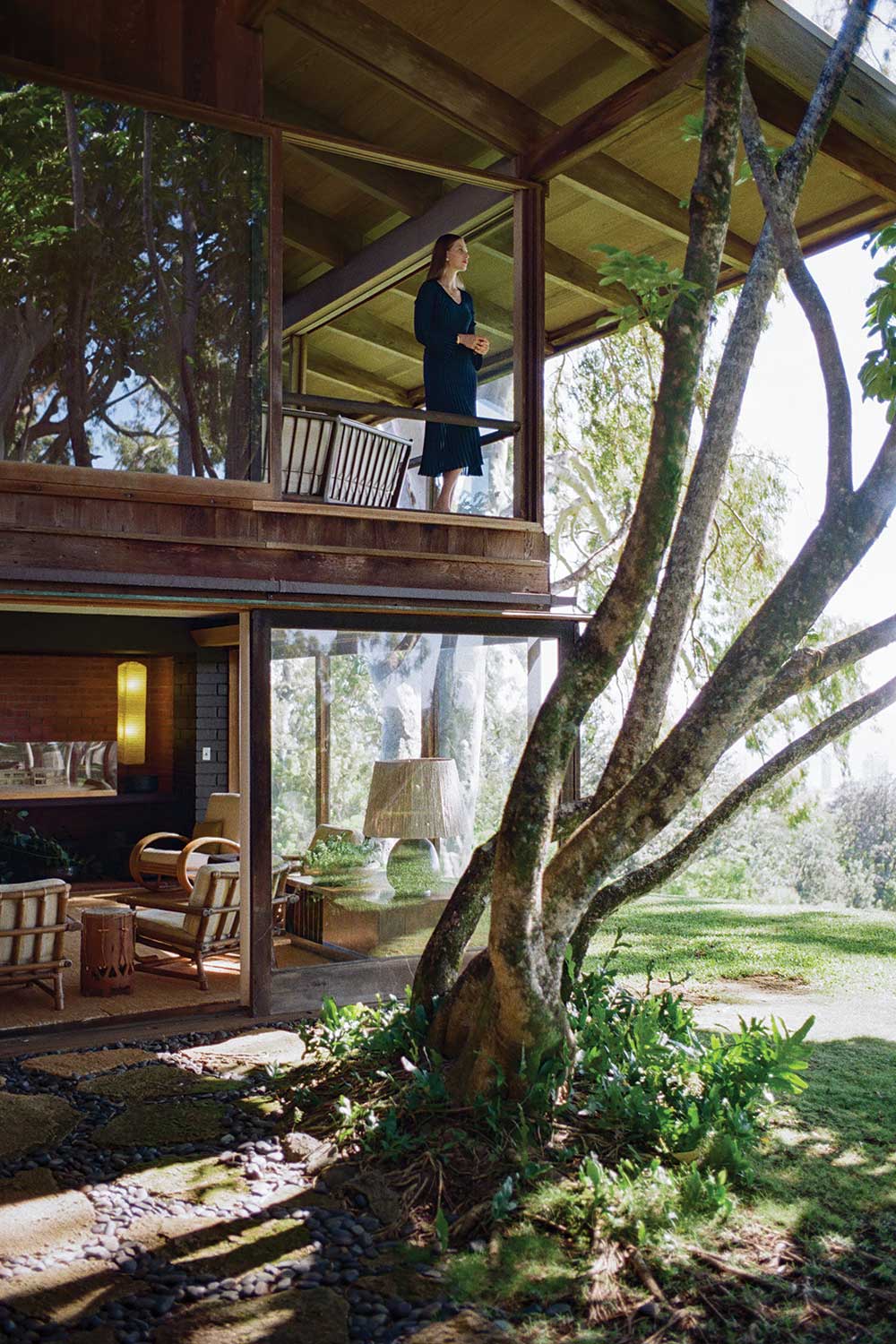
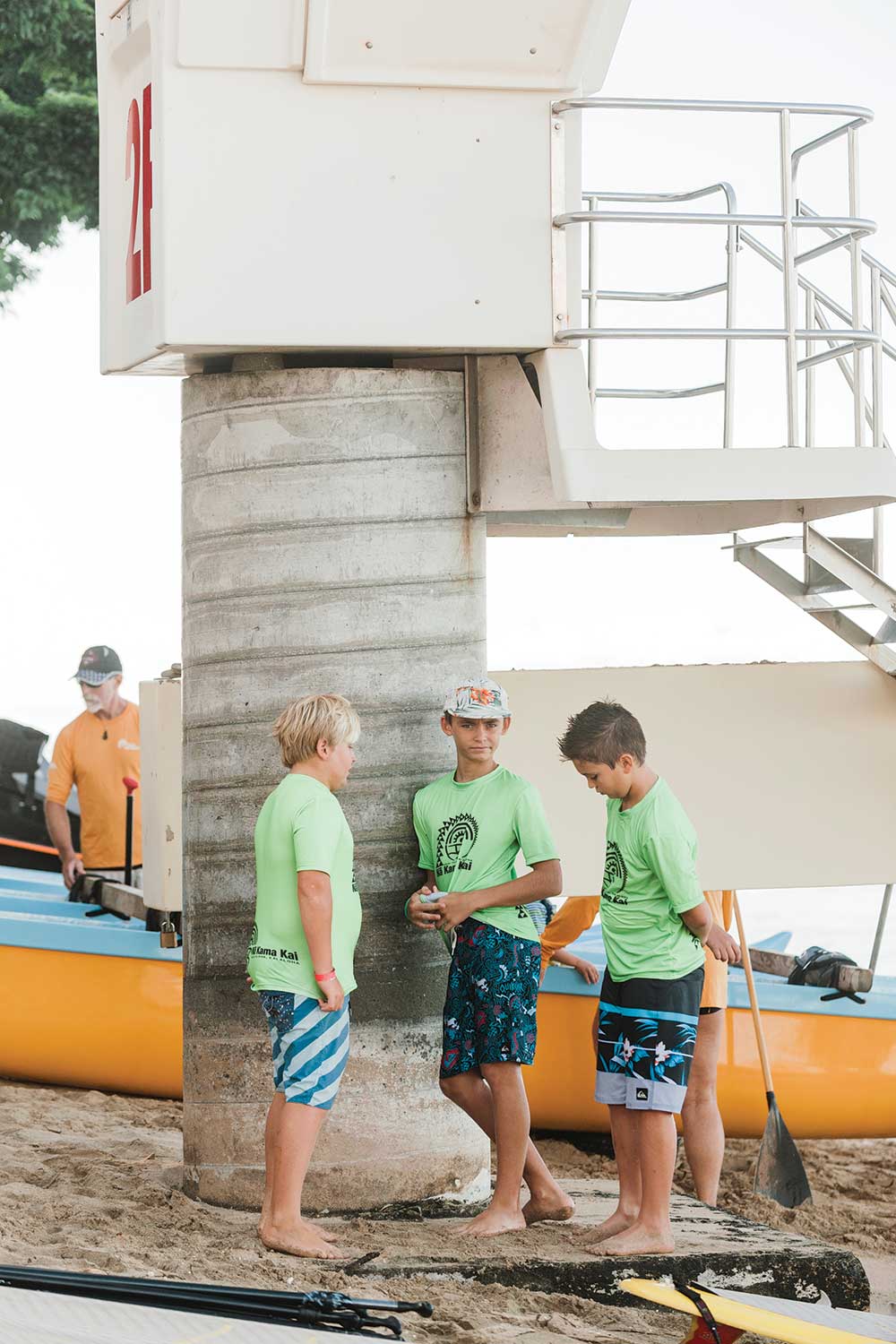
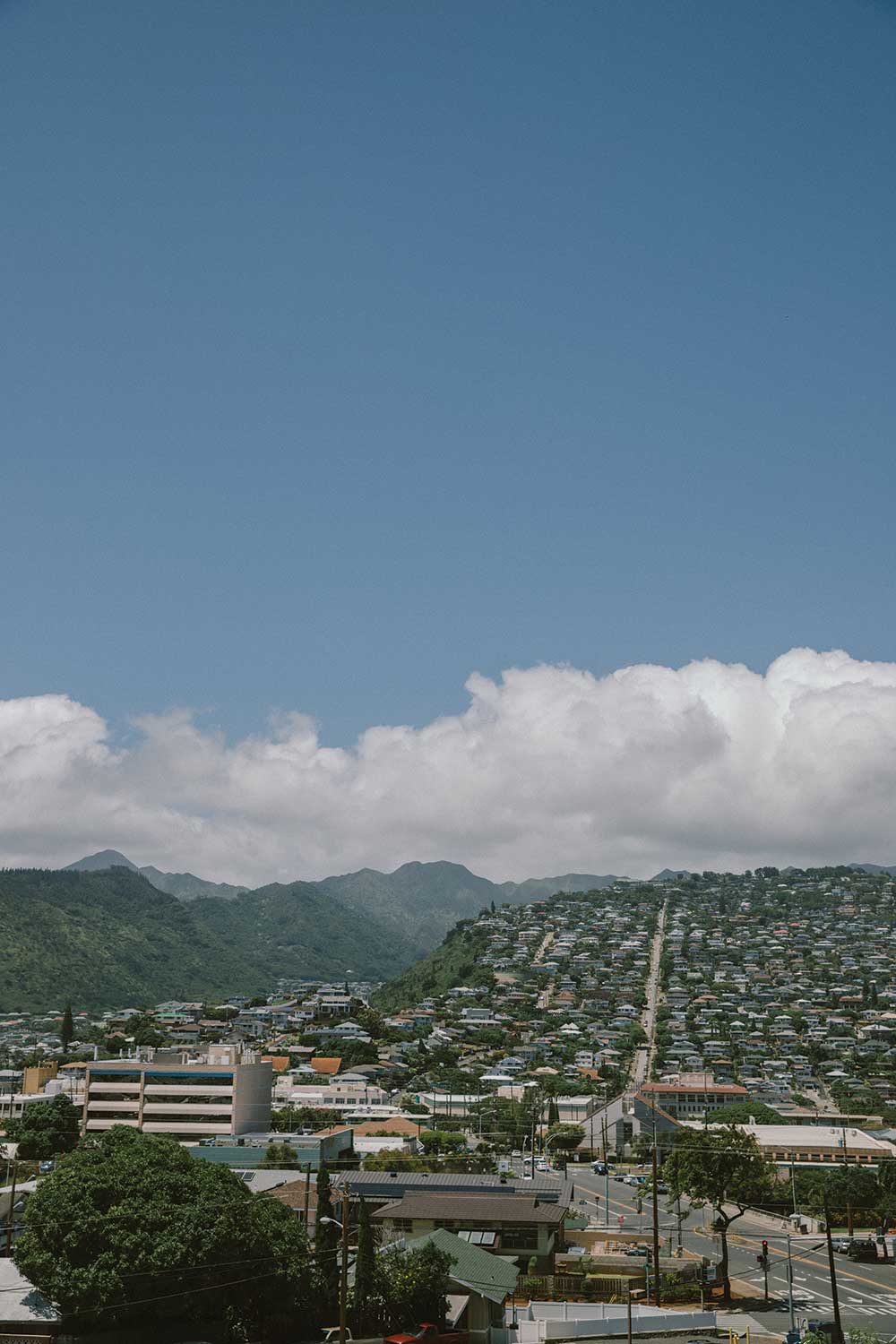



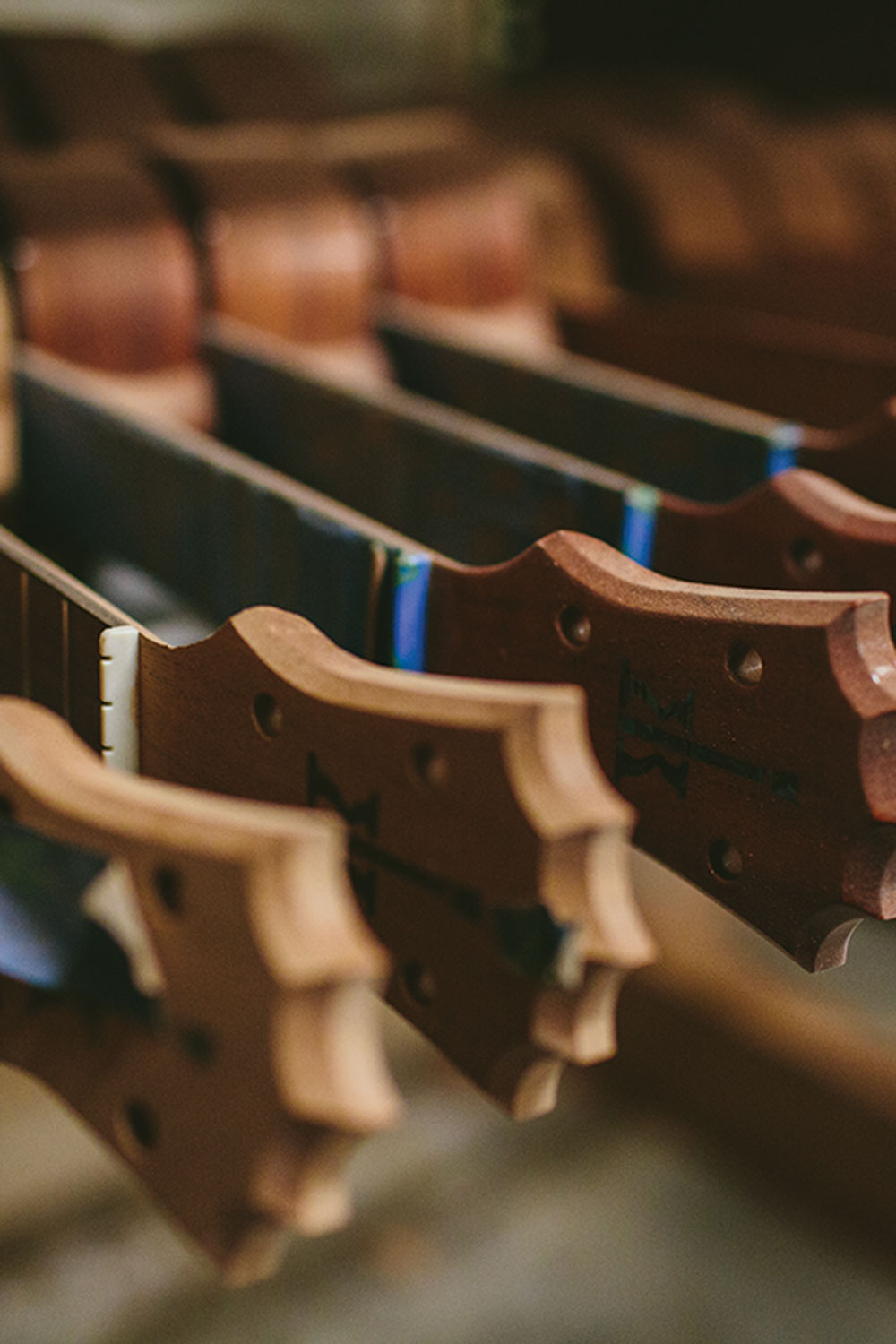
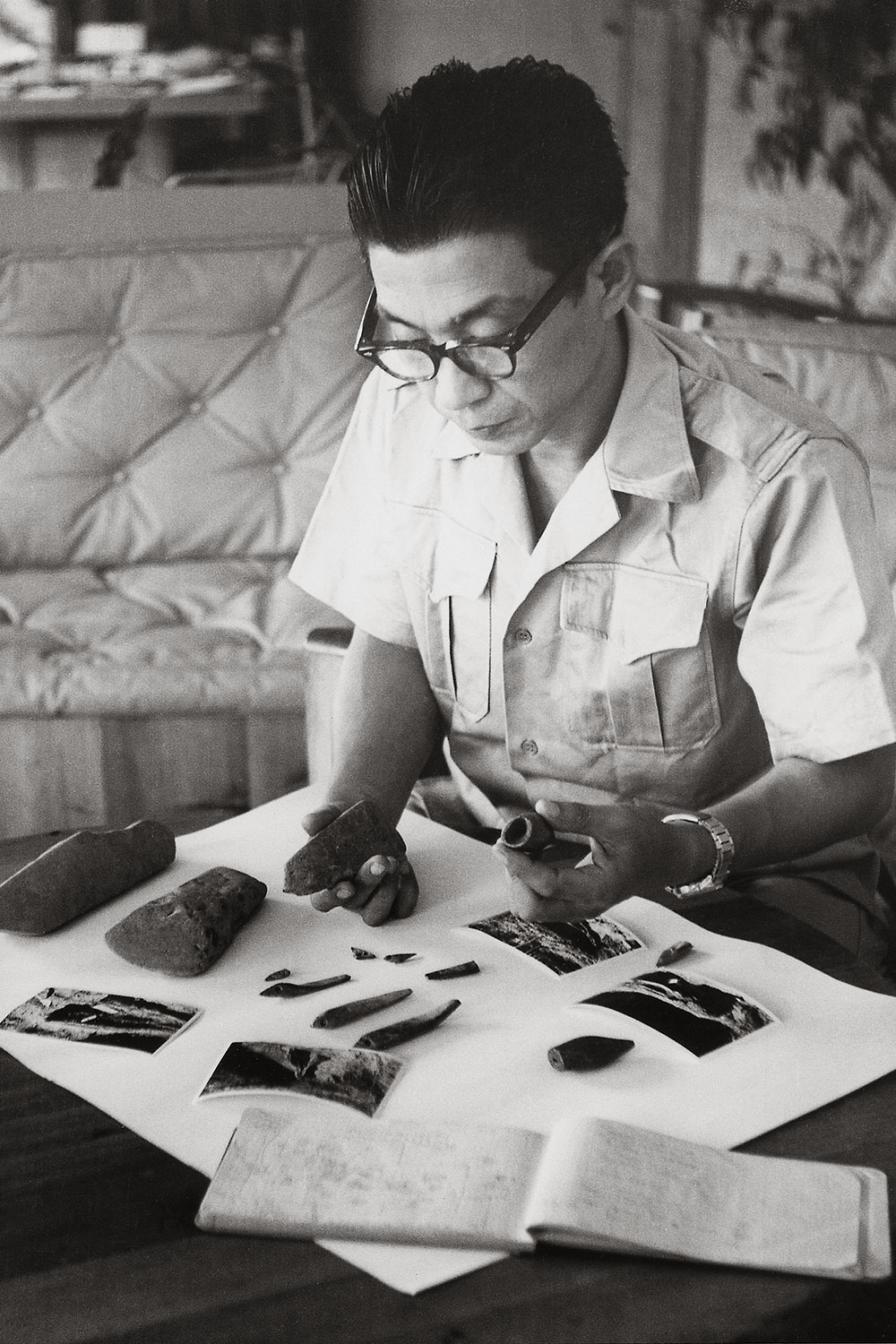
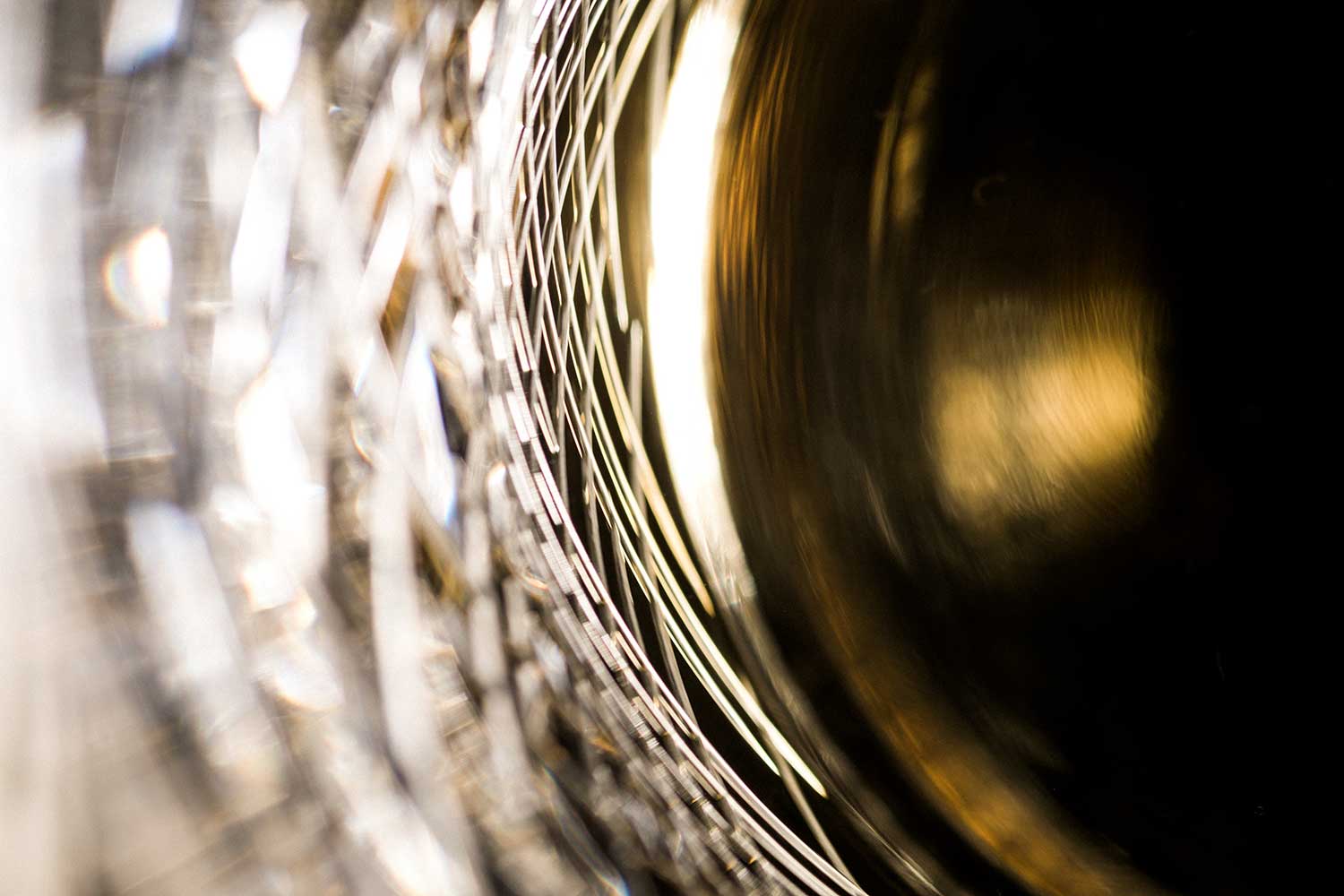







Share: